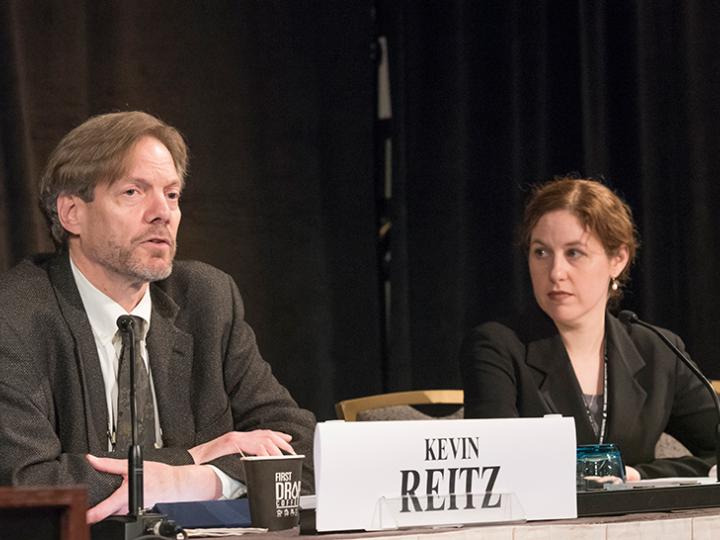Kevin R. Reitz of University of Minnesota Law School and Cecelia M. Klingele of University of Wisconsin Law School recently published an article in Volume 48 of Crime and Justice, a journal from the University of Chicago. Since 1979 the Crime and Justice series has presented a review of the latest international research, providing expertise to enhance the work of sociologists, psychologists, criminal lawyers, justice scholars, and political scientists. The series explores a full range of issues concerning crime, its causes, and its cures.
Professors Reitz and Klingele served as Reporter and Associate Reporter on Model Penal Code: Sentencing (MPCS) respectively, which was completed in 2017. Their essay, “Model Penal Code: Sentencing – Workable Limits on Mass Punishment,” underlines “a number of the MPCS’s major proposals to introduce rational limits on sentences in individual cases as well as systemwide controls over aggregate sentencing severity.”
The following is the abstract,
The Model Penal Code: Sentencing (MPCS) rewrites the 1962 Model Penal Code’s provisions on sentencing and corrections. Since the 1960s, use of all forms of punishment has exploded, including incarceration, community supervision, supervision revocation, economic sanctions, and collateral consequences of convictions. The MPCS provides an institutional framework for all major forms of punishment. It consists of a sentencing commission, sentencing guidelines, abolition of parole release discretion, appellate sentence review, and controls on correctional population size. It revamps sentencing procedures to inject greater fairness and transparency. It gives state legislators broad advice on how they can reform their systems as a whole, while improving decisions in each case. The MPCS recommends newly crafted limits on punishment through reasoned pursuit of utilitarian crime reduction goals, prohibition of disproportionate sentence severity, individualization of sentences that cuts through even mandatory minimum penalties, refinement of each type of punishment so it can achieve its core purposes, an attack on “criminogenic” sentences that do more harm than good, measures to prioritize and direct correctional resources to offenders who present the greatest risks and highest needs, and creation of institutional capacity to monitor, manage, and improve the entire system over time.
